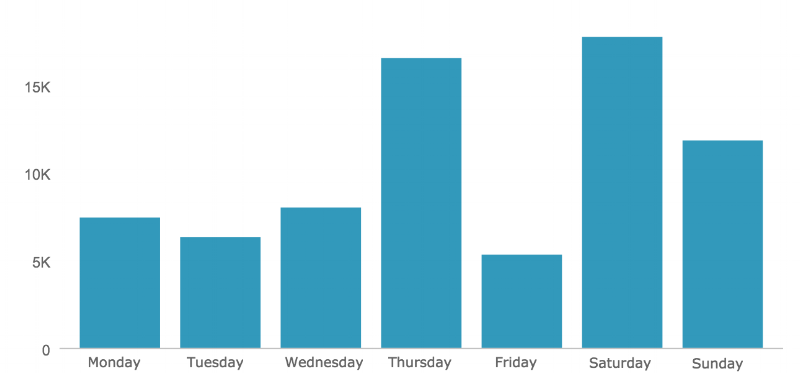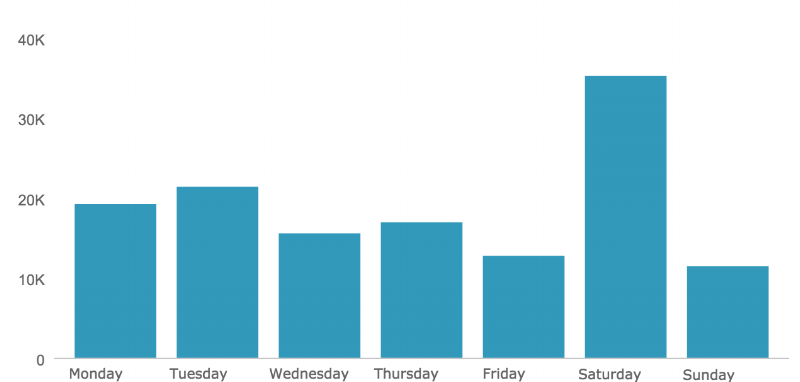Promoting business with the various content, including articles, is a topic we frequently cover on our blog. Today, we’ll talk about how to write an article for a blog or a column that will draw thousands of readers. Creating a truly interesting article is not easy at all. However, it’s not rocket science, as you can greatly increase the chances of success by following a few rules.
Value added is king
The concept of value added came to the world of media and marketing from the world of business. Companies have always tried to understand what incentives they can give customers to deter them from buying competing products. In the information overload era, any article or other content becomes a product of sorts. But it doesn’t compete with a handful of companies, it competes with hundreds or thousands of other articles.
This is why an article published by a blog or media outlet should contain something that will make a user pick it from hundreds of others. An example is how media works with the news.
The upcoming deal between Uber China and Didi Chuxing, China’s biggest taxi service, has been extensively covered by the media. Bloomberg was the first to report it.
Competing media outlets faced a choice: simply rewrite the news piece or try to develop it. Venturebeat chose the first option, adding nothing more than a screenshot of Travis Kalanick’s blog entry with confirmation of the deal. However, TechCrunch published an article on possible outcomes of the deal. Moreover, Wired offered its readers a detailed analysis explaining why this step showcases Uber’s failure on the Chinese market.
In a similar manner, those creating corporate posts should realize what constitutes the value added that their competitors lack. It could be statistics, a valuable expert comment (it’s crucial to root out unimportant information) or foreign-language content that hasn’t been published or properly explained yet.
More content, better results
This statement is not obvious, but true. Editors preparing content for publication on blogs or expert columns have to get a feel for their job. Also, frequent publications increase reach.
Publication timing affects success
Marketing experts around the world analyze how the time of a publication affects its success. For instance, social media expert Dan Zarella together with KISSmetrics, HubSpot and Search Engine Land conducted research on the optimal timing for posting blog entries.
According to the results, Monday is the best day for posting content for US companies. Articles released after 11 a.m. had the biggest reach. Entries posted on Saturday after 9 a.m. showed the biggest number of comments. Finally, articles released on Monday or Thursday after 7 a.m. had the most external links.
In turn, marketing expert Noah Kagan analyzed the data on 100 million articles collected by BuzzSumo. He found out that articles posted on Tuesday get the most shares on social media and, as a result, the most views. On the contrary, users of LinkedIn and Pinterest prefer to share links to blog articles on Monday.
Smile Bright also analyzed statistics on blog and social media articles released by companies in the b2b and b2c segment. We reviewed hundreds of articles posted in IT communities, blogging platforms, and other resources.
It resulted in some interesting facts. B2B companies prefer to post their articles on Tuesday and Thursday, but the number of views on Tuesday is quite low, users are only less active on Friday. The best numbers came on Saturday.
As for b2c companies, they tend to release new content on Tuesday, Thursday and Friday, which is not the best choice. The numbers of views are not great on Thursday and Friday – they are much bigger on Saturday.
Obviously, a well-written and interesting article will have readers on any day of the week, but it’s possible to improve results with correct timing. Thus, analyzing the timing of competitors makes it possible to either pick a different time or to lure readers away.
It depends on specific tactics and you have to test different options. Likewise, realizing that nobody posts anything on weekends and people simply don’t have anything to read, allows a company to dominate the media realm during this quiet period.
Bells and whistles distract from what really matters
Marketing technologies constantly evolve as more and more interesting tools emerge. For example, HARO makes it possible to get comments on popular media.
However, the fact that technologies make the work of marketing experts and editors easier does not mean you have to use them.
It’s really that simple: the best content in history was written with a pen or a typewriter. Keyboards are the only tool needed to write a fascinating article. All the fancy technological features just distract from the important stuff (and earn money for their inventors).
Summing Up
- An article should have added value: why should the reader choose this piece among hundreds of others?
- The more articles, the better the results: practice makes perfect and allows you to experiment with various formats and increase the reach.
- Timing affects success: studies show that companies post more content on certain days but it doesn’t mean that they get more views.Technological features distract readers from the essence: new tools are not a prerequisite, as one can achieve great results without them.
- This is merely a quick guide to getting priorities right when creating content. Writing high quality business articles is a broad topic that cannot be explained in a nutshell. This is why we help marketing specialists and managers deal with important issues and avoid typical mistakes in our corporate courses.


